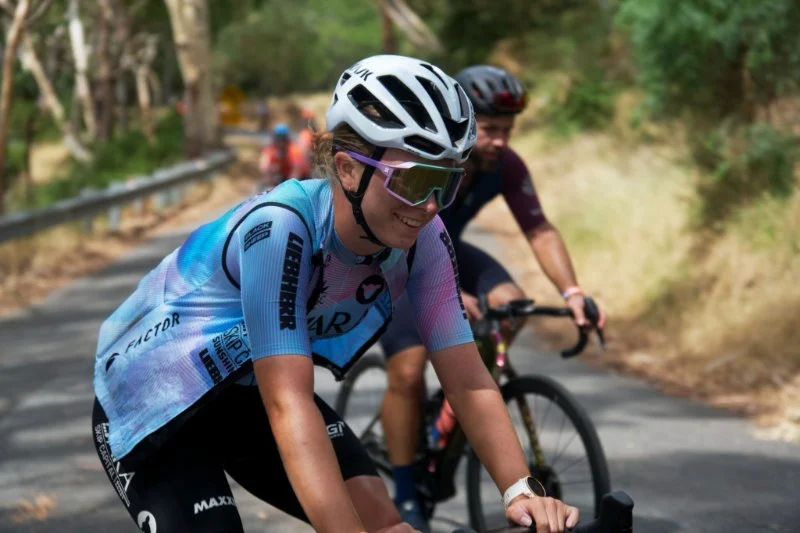
- why-endurance-rides-demand-strategic-fueling
- how-carbs-play-a-central-role-in-fueling
- timing-your-fuel-before-during-and-after
- hydration-is-half-the-battle
- real-story-how-a-century-ride-was-saved-by-smart-fueling
- products-and-tools-to-support-your-fueling-strategy
1. Why Endurance Rides Demand Strategic Fueling
Endurance rides—whether you're tackling a 100-mile century, a gravel ultra, or a multi-day tour—are not just tests of strength and willpower. They’re tests of fuel management. Knowing how to fuel for endurance rides means understanding how your body uses energy over time. Without a clear strategy, even the fittest riders risk bonking, cramping, or hitting a wall mid-ride.
When you’re out on the road or trail for several hours, your body’s glycogen stores become your most valuable asset. The catch? Those stores deplete fast. This makes planned, purposeful fueling critical—not just a mid-ride snack but a fully integrated nutrition approach that starts before you clip in and continues after the final mile.
2. How Carbs Play a Central Role in Fueling
Carbohydrates are the body’s primary fuel source during intense and prolonged efforts. Whether it’s glucose from a banana, a sports drink, or a gel, your muscles crave carbs for sustained output. For most endurance athletes, the ideal fueling rate during long rides is around 30–60 grams of carbs per hour, sometimes more for advanced athletes.
But not all carbs are created equal. Fast-digesting carbs (like maltodextrin or glucose) offer quick energy but may spike blood sugar. Slower-digesting carbs, such as those in oats or whole fruit, offer longer-lasting energy. A blend of both is often ideal for rides over two hours.
Many riders mistakenly think they can just eat a big breakfast and go. However, relying only on stored glycogen guarantees a crash after a couple of hours. Strategic mid-ride fueling keeps energy consistent and reduces recovery time afterward. You’ll find plenty of carb-based solutions that match your needs through Cycling Guider, from portable bars to real-food packs and liquid carbs.
3. Timing Your Fuel: Before, During, and After
Fueling isn't a single event—it's a cycle that begins well before your ride and extends well after. Here’s how to approach it in phases:
3.1 Before the Ride
The night before matters. A balanced dinner with lean protein, complex carbs, and healthy fats helps preload energy stores. On the morning of the ride, aim for a light, carb-focused meal (think toast with banana or oatmeal with honey) 2–3 hours before go time. Avoid heavy fats or fiber right before the ride—they slow digestion and can upset your stomach on the saddle.
3.2 During the Ride
Once on the road, aim to consume carbs early and often—don't wait until fatigue sets in. Start eating 30–45 minutes into the ride, and continue every 20–30 minutes depending on your intensity. Combine solid foods like energy bars with liquid nutrition like sports drinks or gels for best results.
3.3 After the Ride
Recovery starts the moment you dismount. The 30-minute post-ride window is prime time for replenishing glycogen. A protein-to-carb ratio of about 1:3 is ideal. Smoothies, recovery shakes, or a simple peanut butter sandwich with chocolate milk can work wonders. Cycling Guider offers expert-reviewed post-ride recovery products that balance nutrition and convenience.
4. Hydration Is Half the Battle
No fueling plan is complete without a solid hydration strategy. Dehydration of just 2% can significantly impair performance. You lose electrolytes—sodium, potassium, magnesium—through sweat, and they need replacing, especially in warm weather or on long climbs.
Hydration begins the day before your ride and continues throughout. Don’t rely solely on water—mix in electrolyte tablets or sports drinks to stay balanced. For endurance rides over 3 hours, alternating between water and electrolyte fluids is smart. Some riders even integrate sodium-rich foods like pretzels or salted nut butters into their on-bike nutrition for a real-food approach.
Hydration packs, easy-access bottles, and sweat-tested drink mixes available at Cycling Guider are designed for exactly these needs—so you can ride smarter and stronger, not just longer.
5. Real Story: How a Century Ride Was Saved by Smart Fueling
James, a 42-year-old cyclist from Colorado, attempted his first century ride last fall. At mile 65, he hit a wall. Shaky hands, tunnel vision, and overwhelming fatigue forced him to pull off the road. Luckily, another rider offered him a gel and half a banana—and reminded him to keep sipping water with electrolytes.
Ten minutes later, James felt strong enough to continue. He made it to the finish line, but the lesson stuck: smart fueling can make or break a long ride. Now, James swears by a system: eat every 40 minutes, drink every 15, and always carry more than he thinks he’ll need. He credits his fueling transformation to advice and product recommendations he discovered through Cycling Guider.
6. Products and Tools to Support Your Fueling Strategy
Fueling smart doesn’t have to mean stuffing your jersey pockets with random snacks. The cycling nutrition market has exploded with efficient, tasty, and stomach-friendly options. Whether you prefer real-food bars, isotonic gels, carb-rich chews, or protein-enhanced drinks, there’s something for everyone—and Cycling Guider curates the most rider-approved options on the market.
Smart fueling tools also include wearable hydration systems, compact food storage solutions, and apps that help time your intake on long rides. Combining the right products with consistent practice is the ultimate strategy for turning a good ride into a great one.
With a little planning, the right gear, and a trusted guide like Cycling Guider, you can ride further, feel better, and recover faster than ever before.

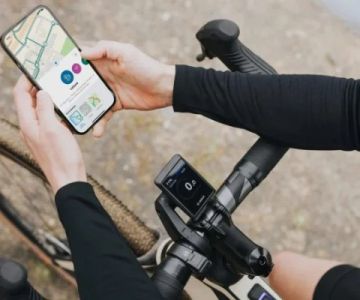
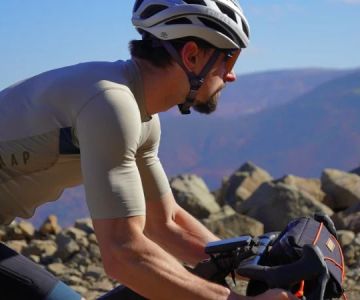
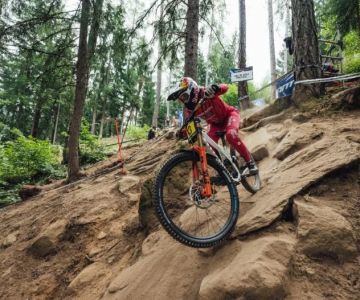
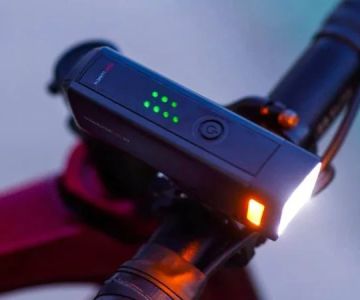

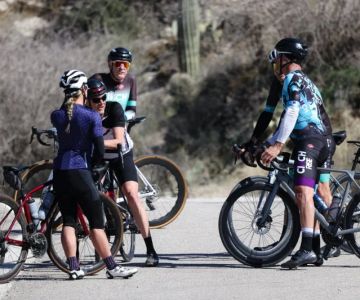
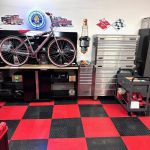 Billet BMX5.0 (2 reviews)
Billet BMX5.0 (2 reviews)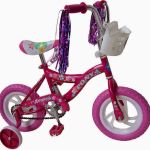 Far East Children Bicycle Factory1.0 (1 reviews)
Far East Children Bicycle Factory1.0 (1 reviews)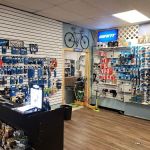 Archer Motorsports, Inc.4.0 (8 reviews)
Archer Motorsports, Inc.4.0 (8 reviews) YEP Bike Works4.0 (55 reviews)
YEP Bike Works4.0 (55 reviews) Gorham Bike & Ski4.0 (498 reviews)
Gorham Bike & Ski4.0 (498 reviews)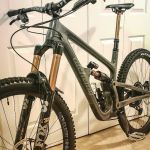 Alchemy Bikes4.0 (37 reviews)
Alchemy Bikes4.0 (37 reviews) How to Teach Kids to Ride a Bike: A Step-by-Step Guide for Parents
How to Teach Kids to Ride a Bike: A Step-by-Step Guide for Parents Tips for Riding on Busy City Streets: Smart Strategies for Urban Cyclists
Tips for Riding on Busy City Streets: Smart Strategies for Urban Cyclists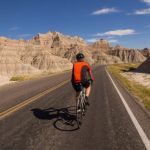 Best US National Parks for Mountain Biking: Ride Epic Trails Across America
Best US National Parks for Mountain Biking: Ride Epic Trails Across America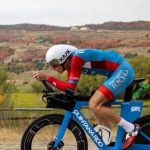 Best Aero Helmets for Time Trials and Racing
Best Aero Helmets for Time Trials and Racing How to Clean and Lubricate Your Bike Chain Like a Pro
How to Clean and Lubricate Your Bike Chain Like a Pro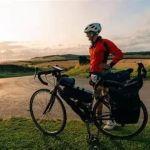 10 Must-Have Items for Long-Distance Cycling Trips
10 Must-Have Items for Long-Distance Cycling Trips